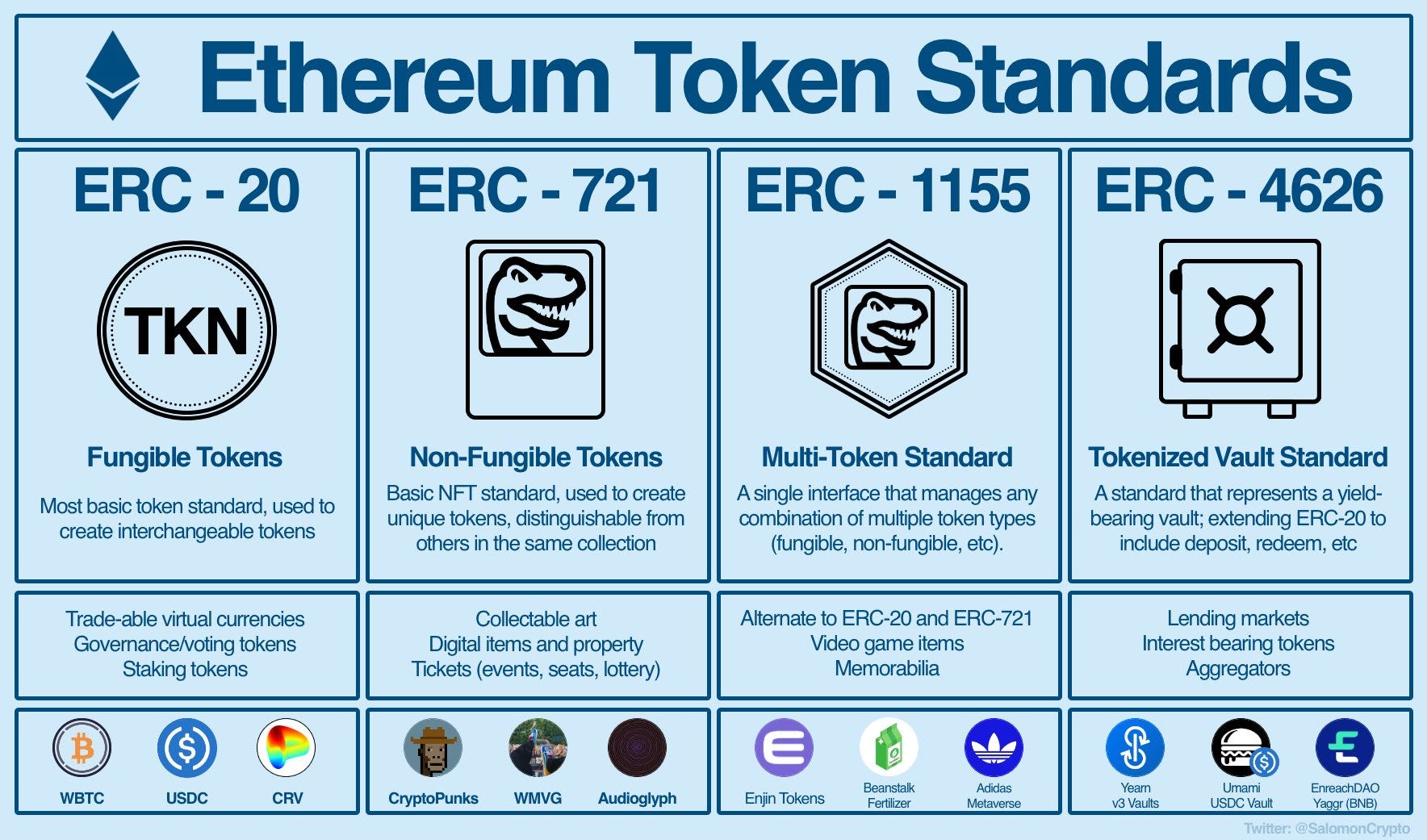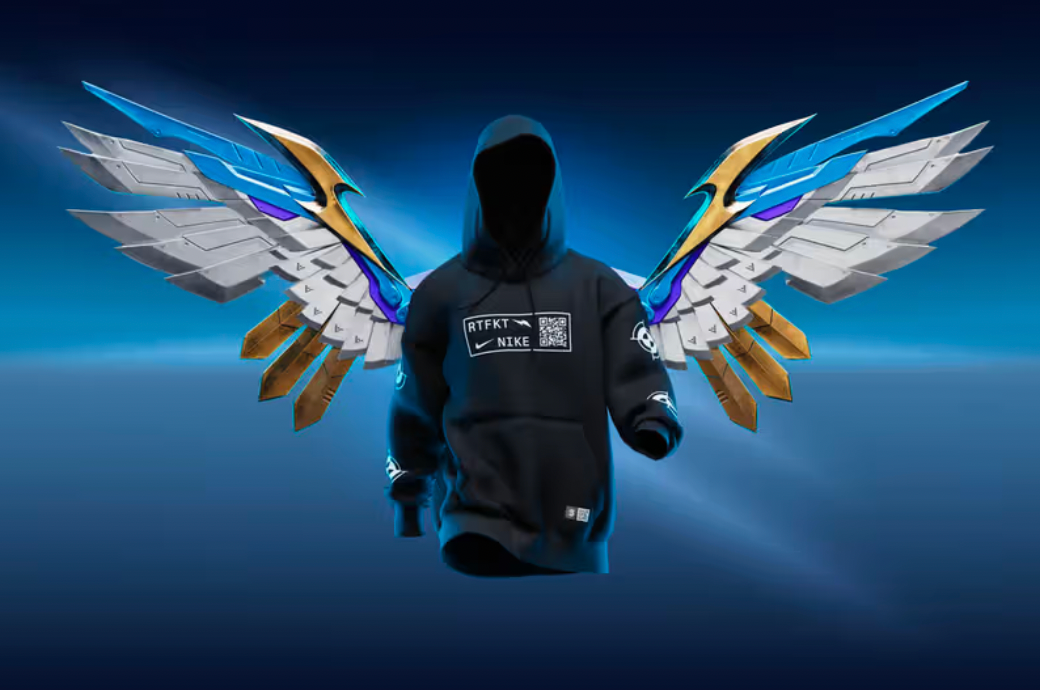An Introduction to Semi-fungible tokens
Semi-fungible tokens (SFTs) blend fungible and non-fungible traits using the ERC-1155 standard. They support batch transactions, reduce costs, and unlock new design space for games, fashion, and tickets, making them a flexible fit for virtual economies.

SFT quick facts
- Semi-fungible tokens (SFTs) are a token class built using the ERC-1155 standard
- SFTs are suited for in-game items that require multiples copies
- Batch processing allows for multiple sales/purchases within a single transaction
- SFTs are a cost-effective and scalable alternative to NFTs for in-game economies
What is a semi-fungible token?
First introduced in 2018, SFTs combine the advantages of both fungible and non-fungible tokens using the ERC-1155 standard. SFTs are particularly suitable for digital fashion items, in-game objects, memberships, and other virtual assets that are somewhat distinct yet exist in multiple copies.
Semi-fungible tokens make trading and exchanging virtual assets easier than ever before, unlocking new levels of flexibility and liquidity for virtual economies. To better understand semi-fungible tokens and their implications, let's briefly touch on fungible and non-fungible tokens (NFTs).

Fungible and non-fungible tokens
Fungible tokens, such as cryptocurrencies like ETH or DAI, are divisible and interchangeable. Fungible tokens of the same kind have identical value, regardless of their issuing location or specific identifying characteristics, and can be exchanged with one another without affecting their worth. In the Ethereum ecosystem, fungible tokens are built using the ERC20 token standard.
Then we have NFTs, i.e., unique digital certificates of authenticity linked to singular digital assets, such as artwork, music, or collectibles. Unlike fungible tokens, NFTs are not interchangeable. Each NFT has its own distinct value based on its inherent characteristics, such as its rarity or creator, with ownership recorded on the blockchain.
NFTs employ the ERC-721 standard, which defines their rules and functions, along with their own unalterable certificate of authenticity. While non-fungible tokens offer the unique value of linking authenticity to digital assets, there are built-in transferability limitations. Each token requires a separate transaction, making them ill-suited to assets issued in multiple copies.
Semi-fungible tokens
Semi-fungible tokens combine the features of their fungible and non-fungible counterparts. SFTs use the ERC-1155 standard, which allows the one-to-one exchange of identical SFTs within the same contract address. During their initial stages, SFTs act like fungible tokens.
An SFT can enter a "second" life cycle stage once redeemed, losing its face value and becoming non-fungible. For instance, an SFT representing a $50 Spotify voucher can be exchanged for another identical voucher. Once ownership of the voucher is exercised or expires, the token becomes non-fungible and turns into a potentially collectible item with a new value.

The ERC-1155 standard: benefits
ERC-1155 combines the functionality and key functions of both the ERC-20 and ERC-721 standards while also enabling the transfer of fungible and non-fungible tokens in a single transaction. This feature significantly reduces transaction costs and eases scalability concerns.
Compared to ERC-721, the ERC-1155 standard is more flexible and allows for a wider range of assets. This includes (but certainly isn't limited to) scarce digital collectibles and interchangeable utility tokens. With ERC-1155, it's possible to support batch transfers, allowing multiple tokens to be transferred in a single program call. And perhaps most interesting, SFT transactions are reversible and refundable in the case of token transactions executed to incorrect addresses.
Semi-fungible tokens: use cases
SFTs have the potential to enhance games by unlocking brand-new design space, enabling liquid and healthy markets, delivering user and developer benefits, and giving way to new use cases. That all sounds great, but what does it look like in practice?
For gaming, SFTs can offer more flexibility and adaptability than NFTs due to ERC-1155's fungibility characteristics. Unique NFT items can often create technical limitations since they require bartering and are difficult to combine with other NFTs. Semi-fungible tokens address this issue by allowing players to buy and sell multiple in-game currencies and unique items in a single transaction, resulting in lower gas costs for users and improving market liquidity across the chain.
There are many other possibilities. In terms of ticketing, SFTs could also be used as redeemable tokens that turn into collectible NFTs after an event concludes. Imagine attending Jayz's last public concert and being one of the lucky few to collect the ticket - a coveted collectible.
If you look at fashion, SFTs have already proven successful. Notably, the RTFKT x Nike AR Hoodie lets SFT holders "forge" the associated physical item (in this case, a cool hoodie with an augmented reality feature) by burning an ERC-1155 token and receiving an ERC-721 counterpart.

Future implications of SFTs
The use of semi-fungible tokens is making it possible for developers to break new ground and open opportunities across the web3 space - from simplifying administration, strengthening security, and increasing transaction efficiency, to developing key features like fractional token trading or tailoring specific token sets to distinct audiences. They can also be used to design rewards or access program structures that evolve with user engagement. There's a lot to get excited about.
Builders can utilize semi-fungible tokens with the web3.unity sdk to create more dynamic and versatile applications on the blockchain. Web3.unity is a powerful toolset for developers to run creative experiments or build fully integrated program logic within games. By leveraging the unique features of SFTs, you can create ever more complex systems and tap into many of the benefits and features mentioned here.
Interested but don't know where to start?
Jump into ChainSafe Gaming's beginner-friendly build-a-long series.

Web3.unity is an open-source gaming SDK developed by ChainSafe Gaming that connects games built with Unity to the blockchain. The library currently supports builds for web browsers (WebGL), iOS/Android mobile (WebWallet), and desktop (WebWallet). Web3.unity is compatible with most EVM-based chains and supports seamless deployment of your game’s program logic, letting developers easily choose and switch between them to create the best in-game experience.
👉 Dive into the code via GitHub and check out the docs.
👉 Share your work on social media and tag us on Twitter @ChainSafeGaming
About ChainSafe
ChainSafe is a leading blockchain research and development firm specializing in infrastructure solutions for web3. Alongside its contributions to major ecosystems such as Ethereum, Polkadot, Filecoin, and more, ChainSafe creates solutions for developers and teams across the web3 space utilizing our expertise in gaming, bridging, NFTs, and decentralized storage.
As part of its mission to build innovative products for users and improved tooling for developers, ChainSafe embodies an open source and community-oriented ethos to advance the future of the internet. To learn more, click here.
Website | GitHub | Discord | YouTube | Newsletter

